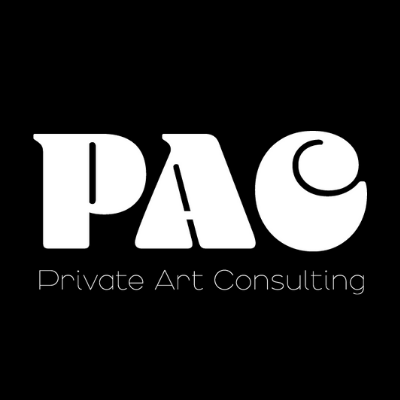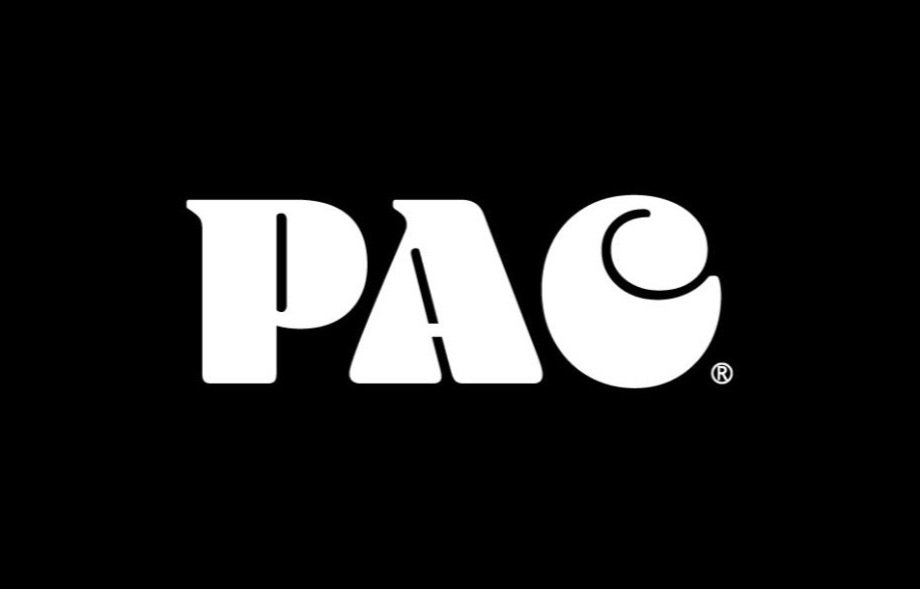The Essential Guide to Where to Start if You Are Curious About Buying Art
When you invest your hard-earned money in a work of art, it is with the hope that it will bring you joy for many years to come. But for some, buying art isn’t as easy as it sounds.
Before you start researching, you’ll want to get a basic understanding of what kinds of art you can buy.
While there is a lot of variation in the art scene, most art across the board falls into one of the following categories: unique, unique variation, limited-edition and open-edition. Each has its own unique features and benefits, so it’s a good idea to familiarize yourself so you know what you’re looking for.
Here is a simplified breakdown of each including an example:
Unique
Collecting unique art means you have something nobody else has. This is the ultimate goal for collectors. Unique art is just that, the only one. This is the highest quality of art you can find because it's truly one-of-a-kind.
Example: A unique painting on canvas
Unique Variation
Unique variations are similar to uniques in that no two are exactly the same. While several variations of the work may exist, because no two are identical and every one is unique, unique variations are considered to be both unique and part of a collection - all at the same time. Unique variations may have a similar composition to other works but with completely different colors or details.
Example: An artist creates a collection of prints based on one particular painting and on each print, he paints unique details on top of the entire print. Because each work has different details, colors, and strokes, no two works look and feel the same.
*Unique Variations and Hand-Embellished works often get confused with one another. The major difference is with Unique Variations the entire work has unique details added to it. Hand-embellished prints for example, just have a few unique details added to them (perhaps on just a small portion of the total artwork) and are typically associated with a limited-edition collection.
Limited Edition
When artwork is part of a limited edition collection, each artwork is differentiated by the assigned number given to it by the artist. Since its limited, each work shares a common relationship with the other artworks in the collection but no two works can share the same assigned number.
Example - If an artist creates a collection of 25 prints, each print will be assigned a corresponding number ranging from 1 through 25. After 25 prints are made, no more prints from the collection will be created therefore the collection is limited to only 25 examples. The artist will then hand-sign and number each print 1 of 25, 2 of 25, 3 of 25, and so forth.
Open Edition
When an artwork has no limitations on how many can be produced it's considered to be part of an open edition. Posters, unnumbered prints, and any work that is neither unique nor limited is part of this category. Open edition art is typically sold cheaply and without a hand signature, therefore it’s rarely viewed as collectible because no real limitations dictate their availability. Of course, exceptions from time to time do exist, but for the most part, the value of an open edition work is purely aesthetic.
Look for Signs of Quality, Longevity and Authenticity
Quality, longevity and authenticity are important factors to consider when buying fine art. Most artists are not exactly masters when they first start out. That said, some of the biggest collecting opportunities exist when art is created by emerging artists. Subtle indications of high-quality work like paint texture, strong compositions, and most importantly, a unique style, are some of the things to look for.
Also, a big factor to consider is if the artist is working on their craft on a full-time basis or if they just dabbling in painting when they are not working their 9-5 gig. Think about it, if an artist isn’t confident enough to go all-in on being a full-time artist, what are the chances they will be in a position to put in the hard work needed to build up the market for their work? Amassing a full body of high-quality work takes time and effort, if their focus is elsewhere it's likely not a wise choice.
The other important consideration is authenticity. Make sure the artist you are considering adding to your collection is actually the one who created the artwork. Dealers who offer art from the primary market typically can do so because the work was acquired or consigned directly from the artist - not from an individual, another gallery or from a 3rd party who can’t verify authenticity.
When collecting works created by deceased artists, you'll want to verify the provenance. Be sure to ask what is the history of ownership of the artwork you're considering and if that lineage can be traced directly back to the artist. Make sure the provenance has been properly documented. If you can’t verify provenance do not move forward with that work unless you are comfortable with the risk that the work may not be authentic.
Choose a Fine Art Dealer
Once you know the basics start looking for a reputable dealer, someone who you can trust to provide information, guidance, support, and recommendations. There are a few things to look out for.
First off, you’ll want to make sure you understand how they sell art. Ask questions like do you deal in the primary or secondary art market? Do they provide certificates of authenticity, framing, shipping, art storage, or installation? How do they ensure the art they sell is authentic? Also, look into the dealer’s past sales. Have they sold a considerable amount of art? Are they willing to get you all the information you’ve requested? Are they pushy and poor at communication? Are they educated on the art they sell? What type of clients do they typically work with and are they relatable? Art dealers are different and provide a range of services to their collectors - so find one that is a good fit for you.
Understand The Opportunity You Have Now
One of the best times to buy art is when you come across artwork or an artist that intrigues you, the opportunity is right in front of you and the price point is within your range. That said, timing is everything. When a collection or a singular artwork of interest comes to market, the best time to act is right away. This is when you have the most leverage. Figure out what terms allow you to move forward and no harm in asking for those to be accommodated. This will ensure you get your top pick with the most ideal terms.
If you are not focused on building a collection or if you are hesitant to even consider yourself a collector, being true and transparent as to why you might consider acquiring a certain work will help you navigate how to best proceed. It's important to remember people buy art for many different reasons. No reason is right or wrong if it's right for you.
Common reasons to consider collecting art include:
1. You have the desire, budget and interest in building a collection.
2. Sprucing up your interior never hurts.
3. To support artists you believe in.
4. For a constant source of inspiration.
5. Investment purposes.
6. To diversify assets.
7. For joy and community.
8. Collecting art could be one of your greatest unexplored passions.
Conclusion
Once you've established the “why,” communicate your reasons to your dealer so they can guide you along the way. The best time to buy fine art is when you come across an artwork that strikes an emotional chord with you. If you believe in the artist at hand and the dealer is willing to go the extra mile for you, you should strongly consider collecting the work and explore options to make it as feasible as possible.
And, lastly, don’t wait too long to buy art. The fact is good art is not exclusively available to the elite and a good amount of great works are currently on the market. Connect with those in the industry and ask questions. Find out what other collectors are buying and why. Go for it and no harm in asking for recommendations.
If you enjoyed this article subscribe to our newsletter and learn more about art collecting, featured artists, exclusive collecting opportunities and our invite-only art events.
Ready to consider adding works to your collection now?
Have a question?

